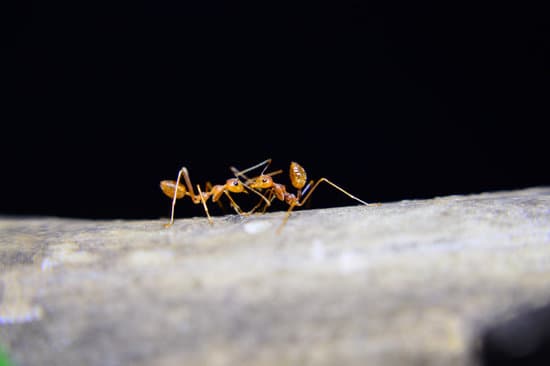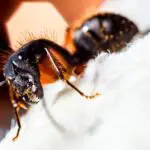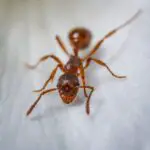Why Do Ants Release Pheromones When They Die?
During the process of necrophoresis, ants release various chemicals that signal danger. These chemicals are called pheromones. These pheromones can be categorized into two types: alarm pheromones and trail pheromones. The alarm pheromone is strongest and can alert the ants to take action immediately. The trail pheromones are more stable and less volatile.
The most common ant species that can release pheromones are the black ants, the red ants, the odorous house ants, and the citronella ants. Each of these species has a specific scent that they release. For example, the odorous house ant releases a pheromone that smells like blue cheese.
Other common ants, such as the trap-jaw ant, release a chocolate-like smell when they are squished. These pheromones are used by ants to communicate with each other. They are also used by ants to detect food sources. They can also be used to signal sexual desire.
If you notice an ant’s scent, make sure that you clean up the area thoroughly. Ants can smell through their antennae, which are covered with chemical receptors. Make sure that you clean up the floor in the area where the ants are traveling. If you do not remove the pheromone trails, they may attract more ants from nearby colonies.
When an ant dies, it releases oleic acid. The chemical is similar to olive oil. It is used as a defensive measure against predators. However, it can also contaminate ant colonies. Ants bury their dead to avoid contamination.








